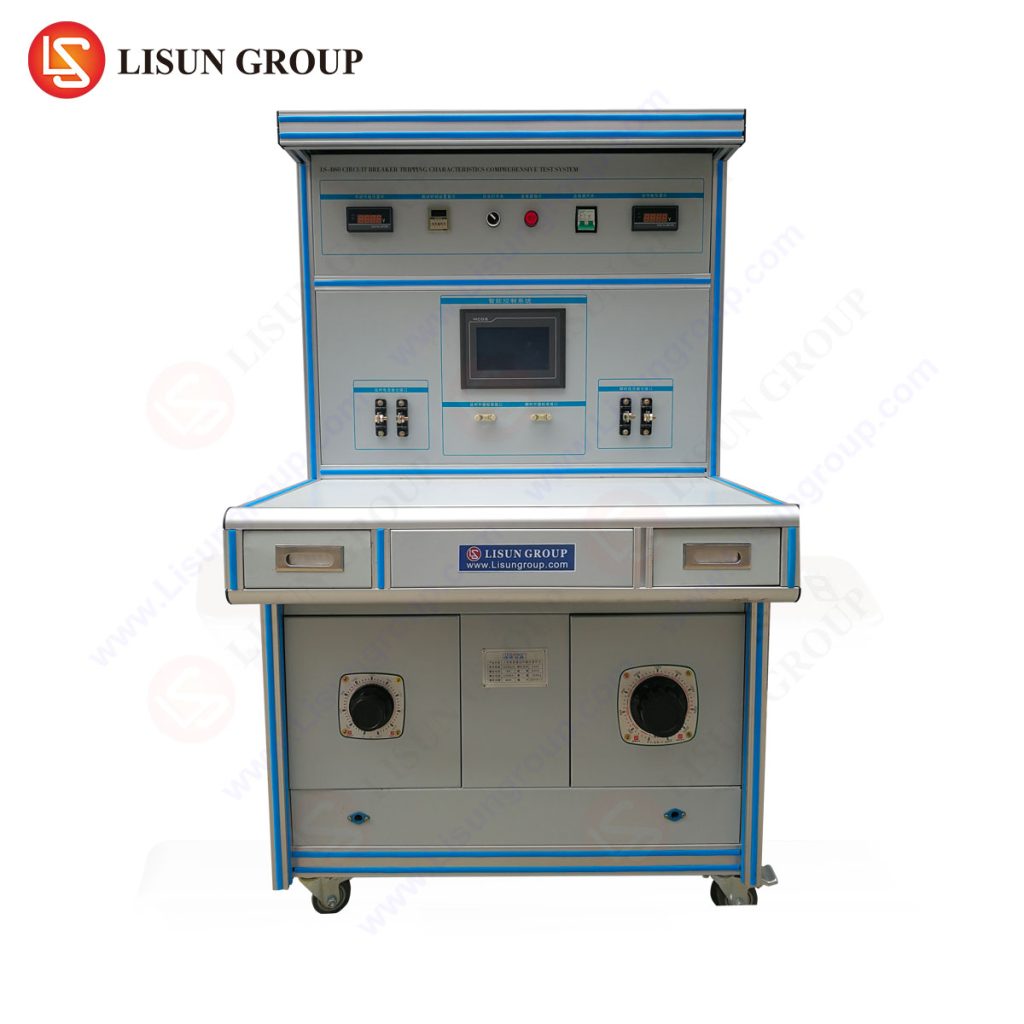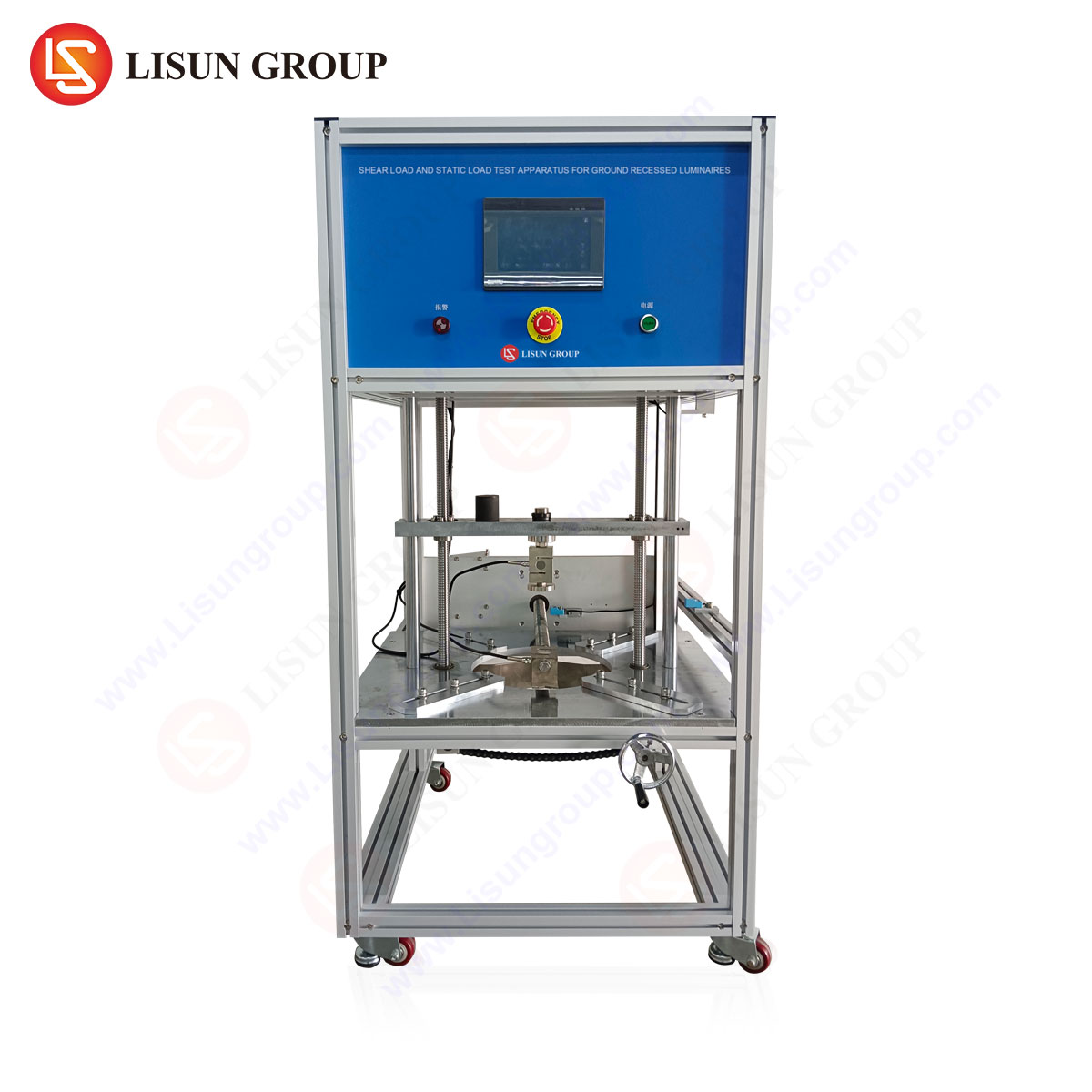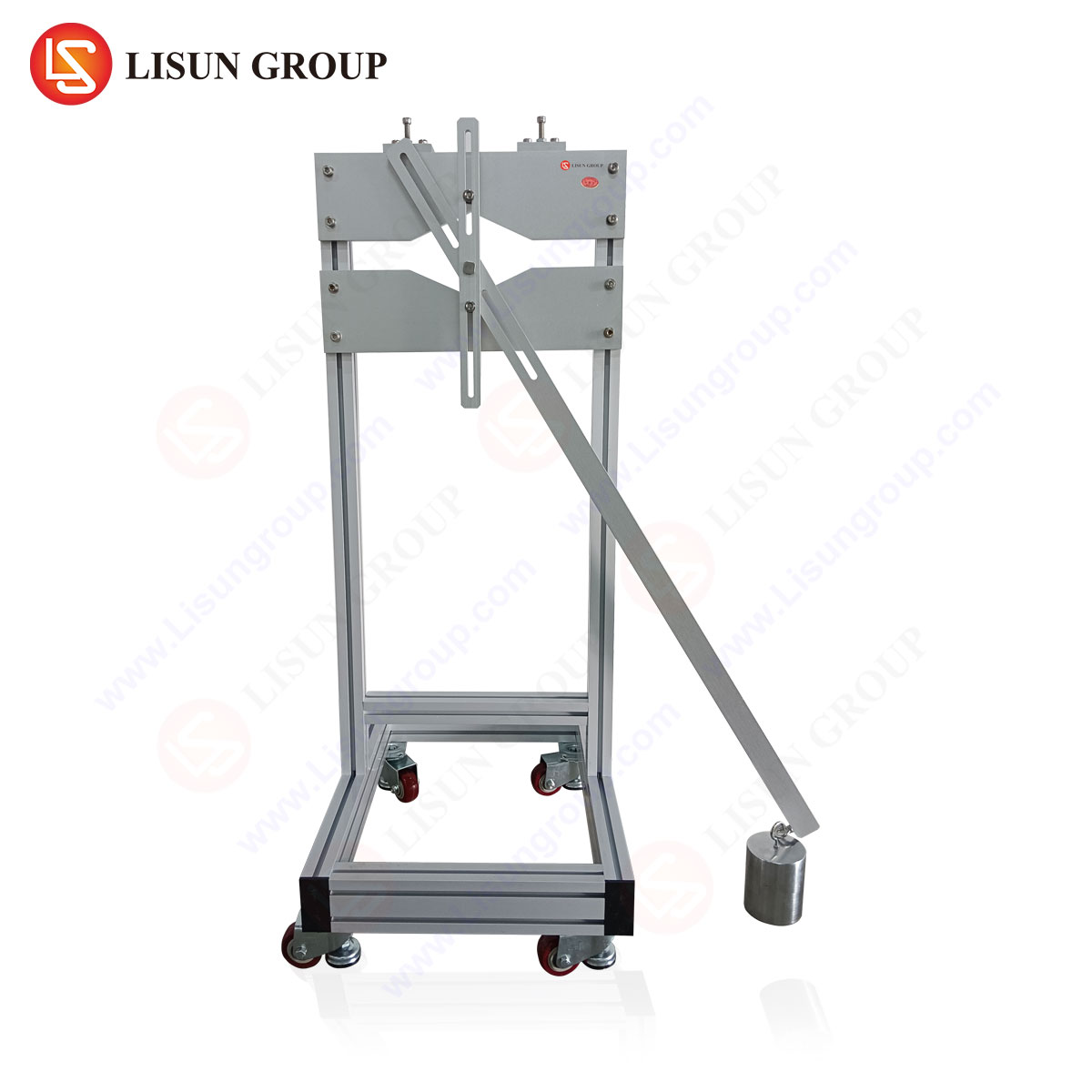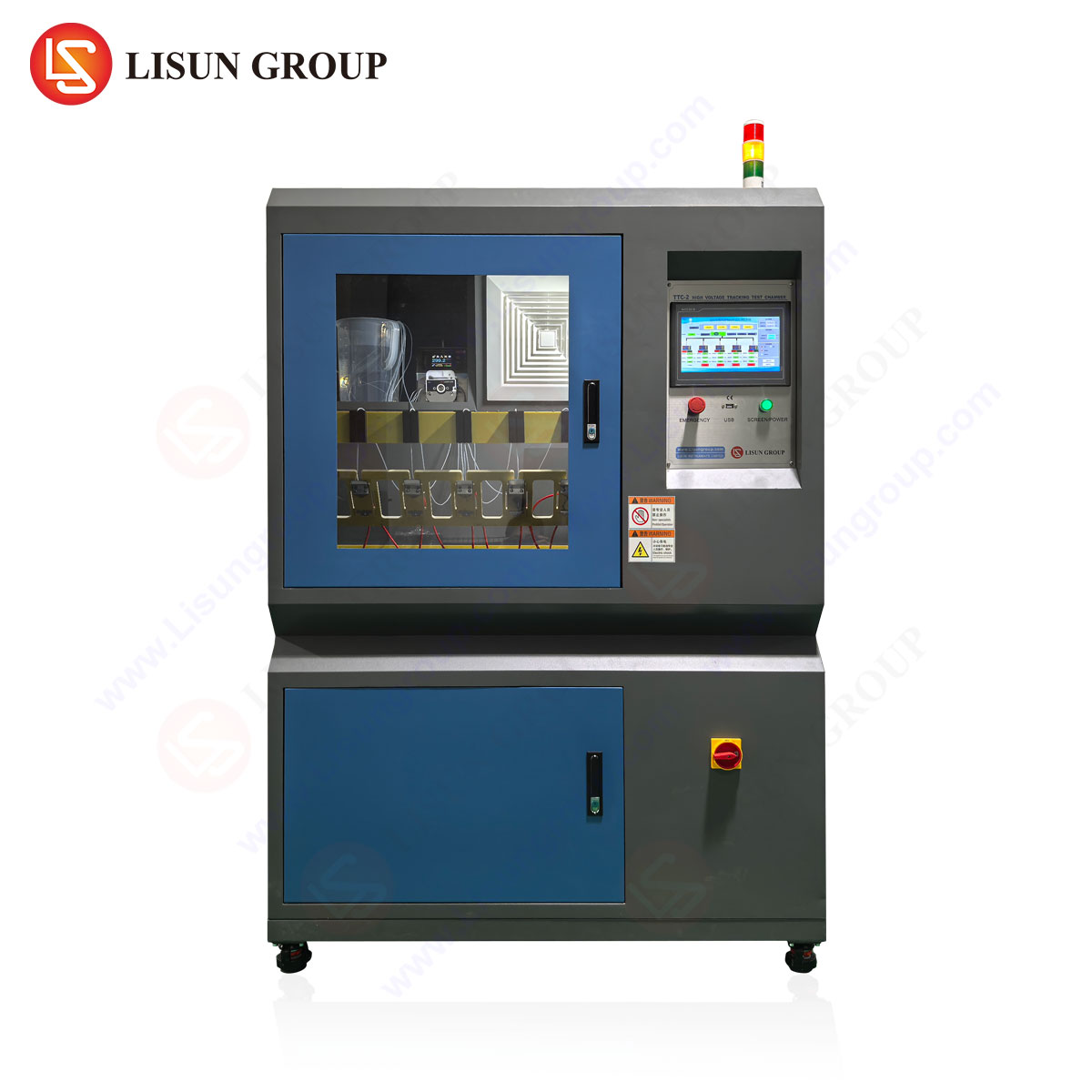The LS-B60 circuit breaker tripping characteristic comprehensive test system adopts the principle of low voltage and high current output, uses the built-in high current isolation transformer to output current, sets the current size through the touch screen to control the constant current source to adjust the output current size, and has the function of automatically stabilizing the current. The test time is set through the touch screen display and compared with the test tripping time to judge the quality of the circuit breaker.
LS-B60 can perform a delayed tripping characteristic test on the circuit breaker, that is, apply 1.13 times, 1.45 times, and 2.55 times the rated current to test whether it trips within the specified time; it can also perform an instantaneous tripping characteristic test on the circuit breaker, that is, apply 3~10 times the rated current to test whether it trips within the specified time. It is used for delayed tripping characteristic tests, instantaneous tripping characteristic tests, and temperature rise tests of molded case circuit breakers and small circuit breakers to assess whether the circuit breaker tripping characteristics meet standard requirements.
Standards:
IEC 60947-1:2011《Low-votage switchgear and controlgear Part1:General rules》 Clause 7.2.1
IEC 60947-2:2006《Low-votage switchgear and controlgear Part1:Circuit breakers》Clause 4.7
IEC 60898-1:2002
IEC 60009-1:2012
Spesifikasi:
| Electrical Control Method | PLC intelligent integrated control, human-machine touch interface operation |
| Ruang Uji | The test chamber is combined with the test machine, with a built-in delay position and an instantaneous position, and is arranged on the back panel in a terminal manner to meet the 1-4P circuit breaker test. When the temperature inside the chamber is too low, it can be heated, ranging from room temperature to 50 degrees, with a temperature resolution of 0.1 degrees and a temperature stability of ±1 degree, providing a reliable and safe environment for circuit breaker testing. |
| Test Items | • Small/molded case time-delay tripping characteristics: 1.13 times, 1.45 times, 2.55 times the current • Instantaneous tripping characteristics: 3~10 times the current • Temperature rise test |
| Time-delay Tripping Test | |
| Arus Keluaran | AC10~350A |
| Tegangan Keluaran | 0~5V |
| Output Current Path | 1-way output, multi-P circuit breaker contacts are tested by connecting several switches in series |
| Test Sample Range | 3~125A |
| Current Output Waveform | Sine wave (correction equipment current waveform distortion is no more than 5%, system error is no more than 3%) |
| Current Control Method | Automatic adjustment, current setting on touch screen |
| Current Accuracy | 0.5 Class |
| Voltage Accuracy | 0.5 Class |
| Transformer Ratio | 400/5A |
| Testing Time | 1~9999H 59M 59s |
| Testing Process | After applying 1.13 times the current, it will automatically rise to 1.45 times the current in 5 seconds |
| Fixture | Adopting terminal mode, one delay position, one instantaneous position; meeting 1-4P circuit breaker |
| Instantaneous Tripping Test | |
| Arus Keluaran | AC100~1500A |
| Output Voltage Number | 1 |
| Current Accuracy | 0.5 Class |
| Resolusi | 1A |
| Instantaneous Test Time | ≤0.2s |
| Action Time Upper Limit Setting | 1~200ms |
| Action Time Lower Limit Setting | 1~200ms |
| Test Station | 1 |
| Timekeeping | 1 ~ 9999ms |
| Protection Function | Short circuit protection, overload protection, leakage protection |
| Temperature Rise Test | |
| Purpose of the Test | When the circuit breaker is tested under normal working conditions and specified conditions, the temperature rise of its components shall not exceed the limit values specified in Table 6, and the circuit breaker shall not be damaged to affect its function or safety of use. |
| Test Current | AC10-350A |
| Temperature Measurement Channel | 12 channels, temperature resolution 0.1 degrees |
| Ketepatan | 0.2 Class |
| Measurement and Control Speed | 0.1 seconds per channel |
| Temperature Measurement Range | 0~200℃ |
| Thermocouple Model | T type |








